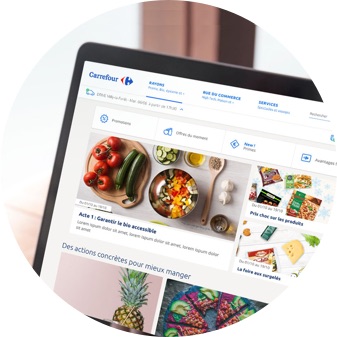Curbside pickup, or buy-online-pickup-in-store (BOPIS) is another way for retailers to provide safer in-person interaction, while managing uptick in e-commerce demand.
According to our research, shoppers cite BOPIS as their most preferred way of fulfillment across categories.
Retailers must understand how to scale BOPIS services in a way that meets consumer demand while mitigating operational cost.
Explore our solutions
At Publicis Sapient, we have worked with retailers to implement a LEAD (light, ethical, accessible, dataful) approach to implementation that enables quick turnaround with customer experience in mind.
More on Curbside Fulfillment




















